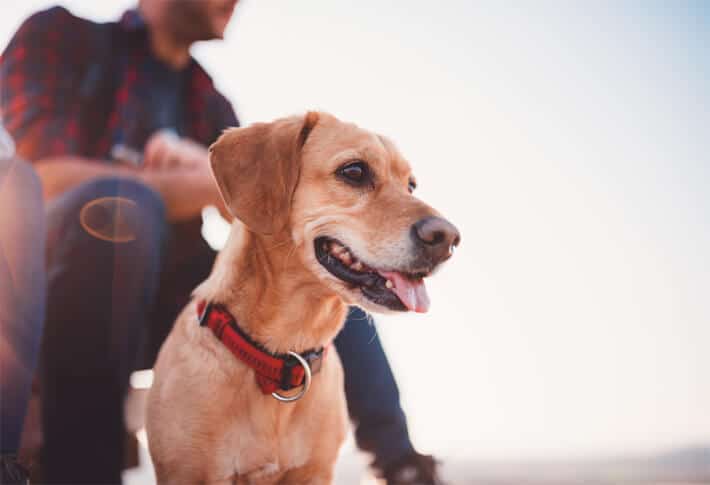
How to Spot Counterfeit Branded Collars: Essential Tips
Share
In today's world, where the market is flooded with a variety of pet products, ensuring that you're purchasing genuine items for your beloved pets is crucial. How to spot counterfeit branded collars is a pressing concern for many health-conscious pet owners. Recognizing the signs of a fake collar can save you from potential safety hazards and ensure that your pet remains both stylish and secure.
Counterfeit collars can be deceivingly similar to their authentic counterparts. However, knowing a few tricks can help you differentiate between the two. Whether you're shopping online or in-store, being informed is your first line of defense against fakes.

Why Genuine Collars Matter
Authentic collars are designed with your pets safety and comfort in mind. They are made from high-quality materials that are tested for durability and non-toxicity. On the other hand, counterfeit collars might look appealing but are often made from substandard materials that can irritate your pets skin or break easily, posing a risk to your pets safety.
Aside from safety issues, purchasing genuine collars supports legitimate businesses that prioritize ethical practices and quality standards. This not only benefits your pet but also the broader pet community.
Identifying Counterfeit Collars
Check the Packaging
One of the first things to examine is the packaging. Genuine branded collars come in well-designed packaging that includes the brands logo, warranty details, and sometimes a certificate of authenticity. If the packaging looks cheap, lacks essential information, or the print quality is poor, it might be a counterfeit.
Additionally, look for spelling errors or inconsistencies in the branding. These are common signs of a fake product. For more tips on what to look out for, you can visit common mistakes dog owners make.
Examine the Material
The material of a collar can tell you a lot about its authenticity. Genuine collars are made from high-quality leather, nylon, or other durable materials. In contrast, counterfeit collars might use cheaper materials that feel flimsy and are prone to wear and tear.
Feel the texture of the collar. It should feel robust and well-made. If it feels too light or plasticky, it might be a fake. For more insights on collar materials, check out caring for waterproof collars.
Spotting Fake Logos and Tags
Brand logos and tags are another area where counterfeit products often falter. Examine the logo closely. Authentic logos are well-printed, clear, and consistent with the brands usual design. Fake logos might be blurry, misaligned, or have incorrect colors.
Tags are another giveaway. Genuine tags include detailed information such as the brand name, size, and sometimes a unique product code. If the tag lacks this information or looks cheaply made, it could be a counterfeit. For further details, you can explore the history of dog collars.
Where to Buy Authentic Collars
One of the best ways to ensure you're buying genuine collars is to purchase from reputable sellers. Official brand websites or authorized retailers are your best bet. These sources guarantee the authenticity of the product and often provide customer support and warranty services.
Shopping from unknown online sellers or marketplaces can be risky. Always read reviews and check the sellers ratings before making a purchase. For more advice on where to buy, read about collar laws and regulations.

Conclusion
Ensuring your pet wears a genuine collar is crucial for their safety and comfort. By following these tips and being vigilant, you can avoid counterfeit products and provide the best for your furry friend. Remember, your pet deserves the best, and it starts with the right collar.
FAQs
Q: What are the risks of using counterfeit collars?
A: Counterfeit collars can pose several risks, including skin irritation, breakage, and potential harm to your pet due to substandard materials.
Q: How can I be sure a seller is reputable?
A: Look for authorized retailers or buy directly from the brands website. Check for customer reviews and ratings to ensure their credibility.
Q: Are there online resources to check for counterfeit products?
A: Yes, many brands offer resources or hotlines to verify product authenticity. Check the brands official website for more information.
This article contains affiliate links. We may earn a commission at no extra cost to you.
